Choosing Your Best Heating System for the House
Updated: Jan. 10, 2024
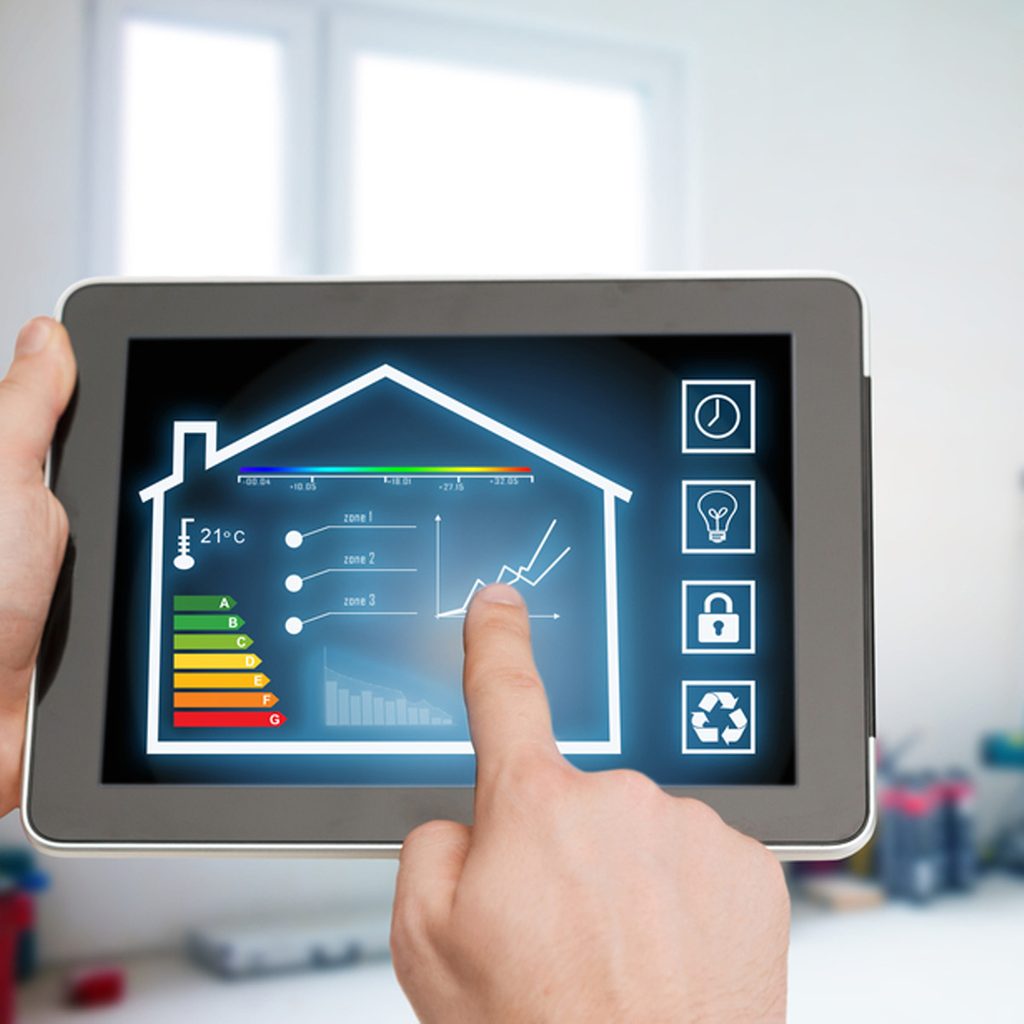
Find the best heating system for your home by learning what's available and how they compare.
Choosing the best heating system for your house is a big decision. Depending on the system, your heater can have a lifespan from 10 to 20 years. This makes it incredibly important to take the time to investigate all of your options before you commit to the project.
Heating bills can be responsible for around 42 percent of your overall energy bill, so the system you choose can dramatically impact your budget. Read on to learn about the different heating systems so you can determine which is best for your home.
On This Page
Ducted Home Heating Systems
Ducted heating systems, also called “central heating,” use a central source that distributes heat throughout the home via a series of ducts or pipes. These are the three types of ducted home heating systems:
Furnace
A furnace blows heated air through ducts, and the heated air is delivered to area of the house through grates or grills. Furnaces are the most common type of heating system used in the U.S., mostly because furnaces can share ductwork with an air-conditioning unit to create a comprehensive heating, ventilation, and air conditioning (HVAC) system.
A furnace can be fueled by gas (natural or propane), electricity or oil, to be compatible with practically any home’s primary fuel source. Depending on the furnace and fuel source, a furnace can have annual fuel-utilization-efficiency (AFUE) ratings up to 96 percent. That means that up to 96 percent of the energy the furnace uses is converted into heat.
The main disadvantages of furnaces? They’re expensive to purchase and install, and aren’t usually as energy-efficient as other central heating system options. Before you make a purchase find out the difference between heat pump versus furnace.
Boiler
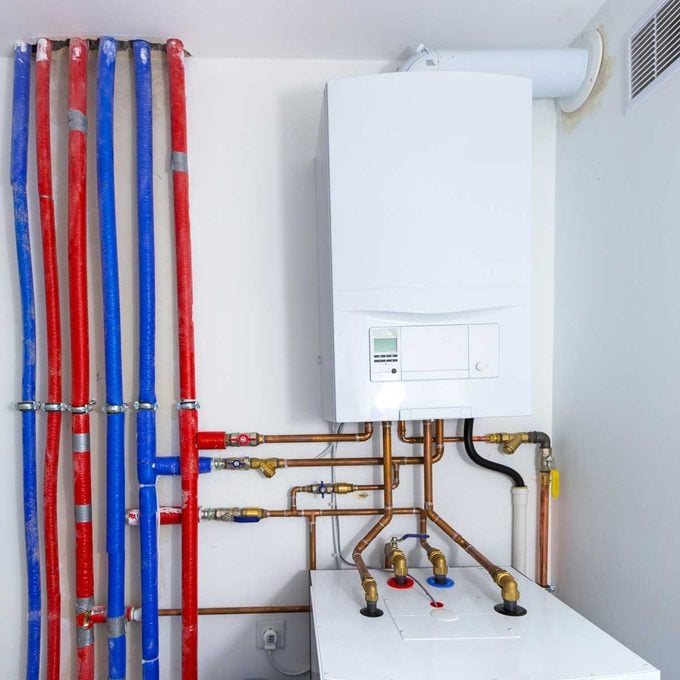
A boiler heats water in a tank and distributes heat through a series of pipes to radiators located throughout the home. A boiler can either keep the heated water in a liquid state (a hot water boiler), or heat the water until it becomes steam (a steam boiler). Each radiator can usually be controlled independently, so you can customize the temperature in individual rooms instead of heating the whole house to the same temperature.
Unlike a furnace that heats the air through convection, a boiler uses radiant heat that’s more energy-efficient. Like a furnace, a boiler can be fueled by gas, electricity or oil. A main disadvantage is that a boiler is only capable of heating, not cooling, because it doesn’t use ductwork that can be shared with an air conditioning appliance.
Heat Pump
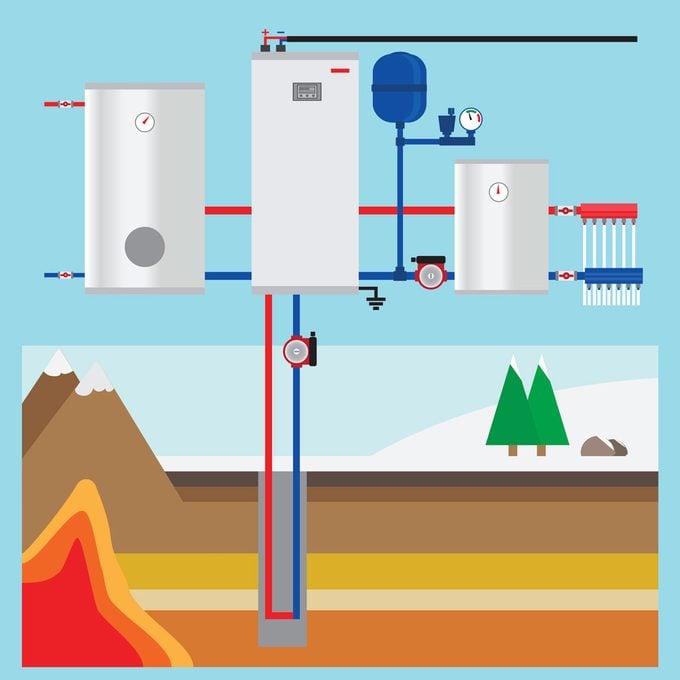
Despite what the name implies, heat pumps are capable of heating and cooling. Heat pumps have an indoor and outdoor unit, and each features coils that circulate refrigerant to absorb heat energy from the air. In heating mode, the heat pump captures warm outdoor air and pumps it indoors; in cooling mode, it captures warm indoor air and pumps it outdoors.
Because they move heat, instead of generating it like furnaces and boilers do, they’re incredibly energy-efficient. They’re also often cheaper to purchase and install than a furnace or boiler, and they don’t require separate air-conditioning units. Disadvantages? They don’t operate as efficiently or effectively when the temperature is below 30 degrees F, and they are exclusively powered by electricity.
Ductless Home Heating Systems
Ductless heating systems, as the name suggests, heat a home without ducts or pipes. Instead, they usually heat individual rooms and living spaces instead of the entire home.
Mini-split Heat Pumps
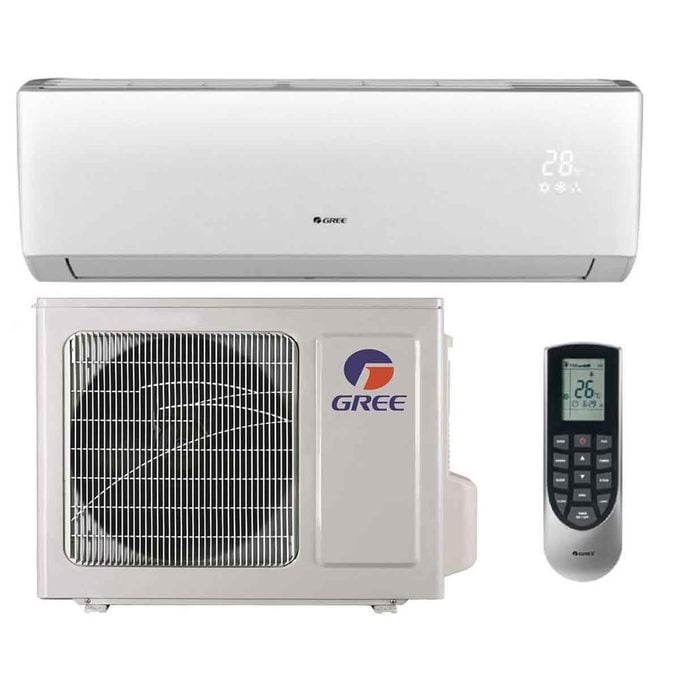
A mini-split (a.k.a. “ductless”) heat pump functions like a regular heat pump, except it doesn’t transfer the air through ducts in the wall. A mini-split heat pump has an indoor and outdoor unit. The indoor unit is usually mounted on the wall of a room, while a small pipe connects it to the outdoor unit.
The absence of ductwork makes them easier and cheaper to install. Unfortunately, the lack of ductwork also means they can’t be used to heat and cool an entire home. However, you can sometimes equip multiple rooms with indoor units that connect to a single outdoor unit.
Window AC With Heat
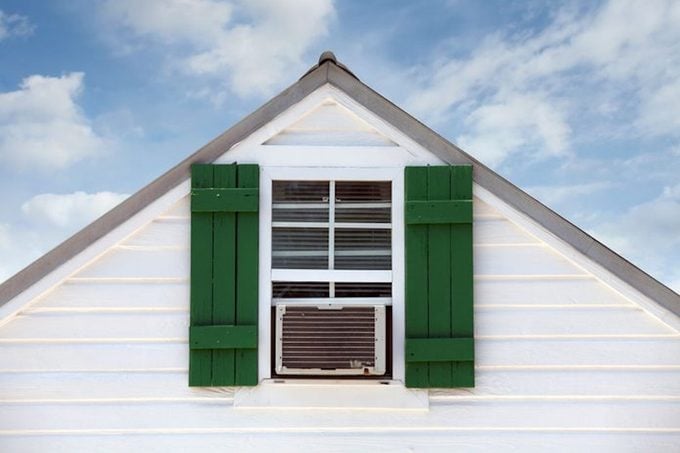
Window air conditioning and heat units are mounted on an open window and function like mini-splits. They use coils filled with refrigerant to capture hot air, either sending that hot air outside (for cooling) or inside (for heating). Unlike mini-splits, window AC and heating units are self-contained single systems that don’t require any additional pipes.
These units are much more affordable than mini-splits, and have minimal, if any, installation costs. The disadvantage is that they aren’t capable of heating or cooling particularly large rooms like mini-splits can. Having an AC and heating unit partially protruding from a window can also be unsightly, and some homeowners associations (HOAs) may restrict their use.
Portable AC With Heat
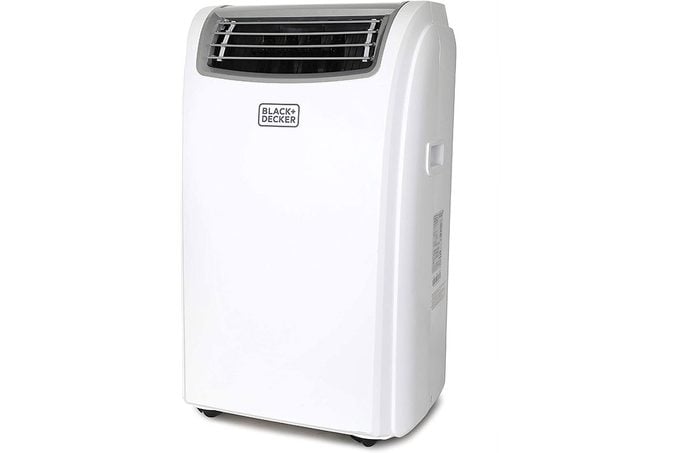
A portable AC and heating system is a free-standing unit that rests on the floor instead of being mounted in a window. To exchange indoor and outdoor air, it uses one or two intake/exhaust pipes instead of refrigerant. These units are typically light, compact and easy to move from room to room — some even have wheels.
Although more versatile than a window AC, portable units are usually more expensive and have lower heating and cooling capacities. They can also take up considerable floor space.
Direct Home Heating Systems
Direct heating systems emit heat directly from the heating element, instead of relying on ducts and pipes or an exchange with outdoor air.
Electric Space Heaters
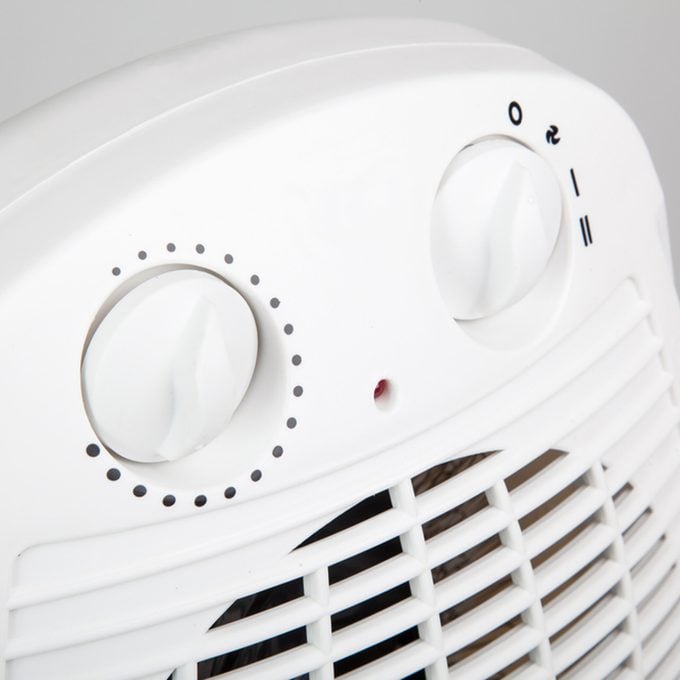
An electric space heater plugs into a standard electrical outlet and uses that energy to warm internal heating elements that generate heat. The three types of electric space heaters are convection, radiant and combination. Each home heating system has varying levels of energy-efficiency, affordability and heat generation. Each type is available as wall-mounted and free-standing.
Although electric space heaters are typically the cheapest, they’re usually the least energy-efficient and have the lowest heating capacities.
Gas-Fired Space Heaters
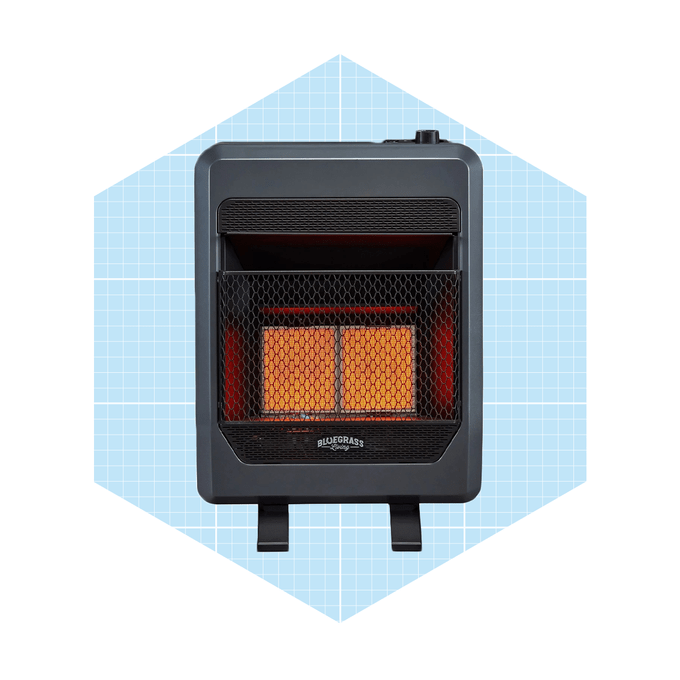
A gas-fired space heater uses propane, natural gas or kerosene to produce heat. It can be free-standing or wall-mounted. Both types can producing much more heat than electric space heaters, and are often considerably more energy efficient.
The downside: Gas-fired heaters are usually more expensive, and often require the installation of vent pipes. Because burning gas produces often harmful, combustion chemicals, gas-fired space heaters usually require these vent pipes to release combustion gases outdoors. Ventless systems are available and are usually more affordable, but the potential for carbon monoxide poisoning and other hazards are a risk to be aware of with these kinds of heaters.
How To Choose the Best Home Heating System
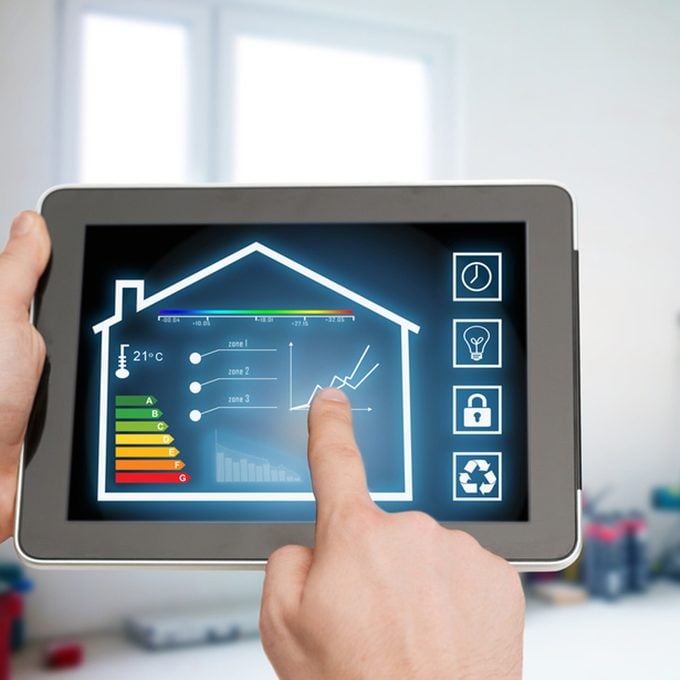
The best heating system for your home will depend on multiple factors, including:
- Whether you need to heat your entire home, or you just need supplemental or zoned heating;
- What climate region you live, temperate or cold;
- Whether your home already has ductwork for a furnace or pipes for a boiler;
- Whether you have enough space, indoors or outdoors, for a central heating system;
- Your budget;
- Your energy-efficiency requirements and preferences.